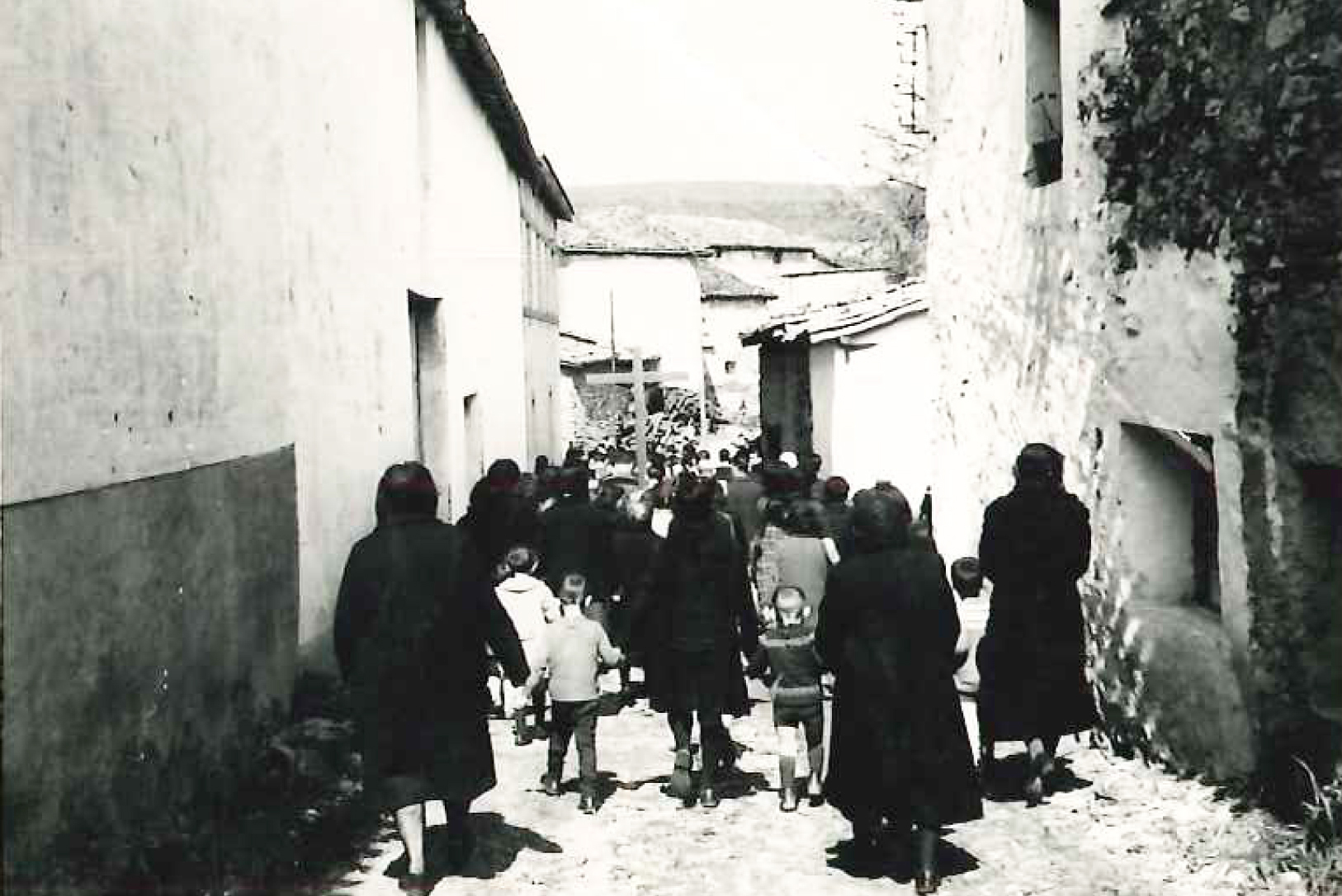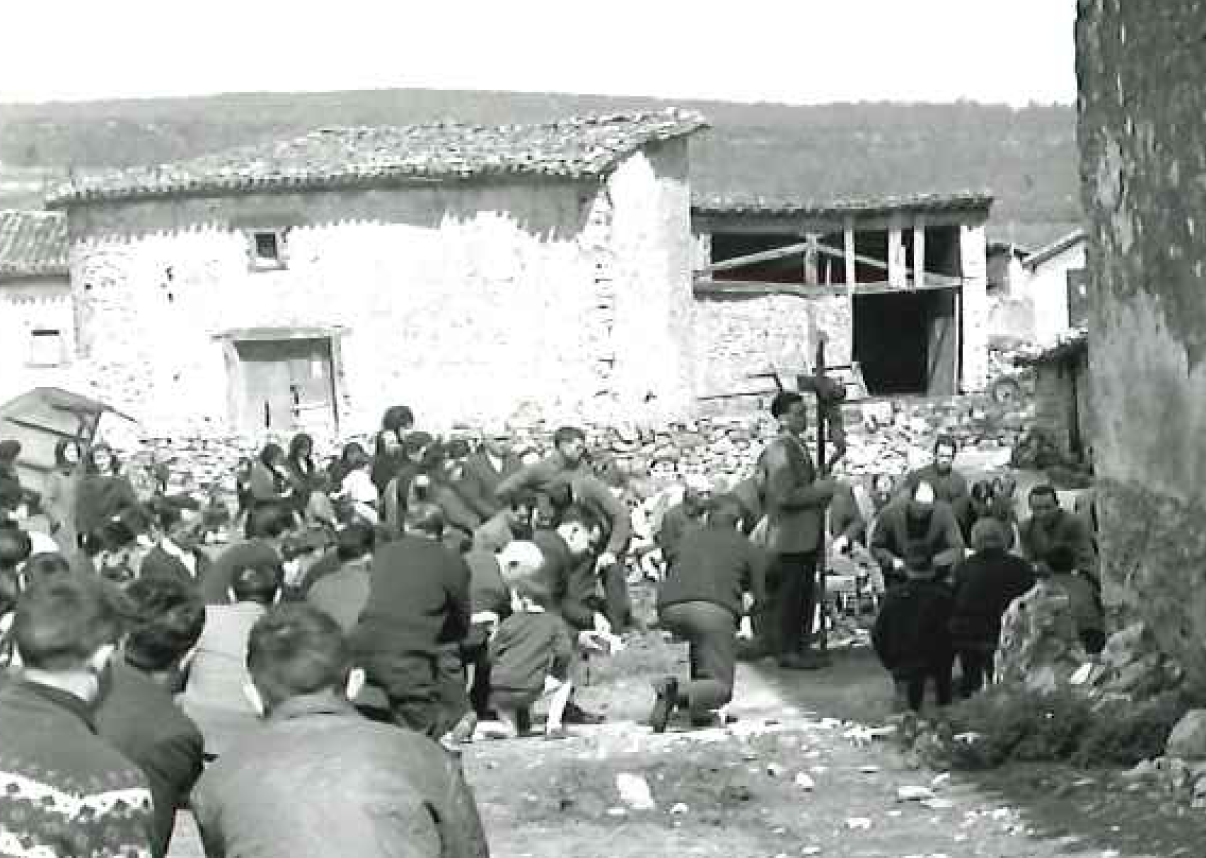Basque ethnography at a glance
Lent was marked by fasting, both from foods and festivities. Abstention from dancing was a true torment to the lasses, whose only enjoyment consisted in a Sunday stroll or a game of cards.
In small villages young women took a walk on the road, weather permitting. If rain was expected, they gathered at a house to play cards and have some hot chocolate or hormigos, a kind of cornmeal porridge. At the sound of the evening bells, they headed for their homes. Ever ready for a prank, the lads tried to distract the girls and steal their hot chocolate. To this end, they would, for instance, place some pepper on a burning brazier or climb to the window and get the girls’ pot from the sill. Let us remember that, as there were no refrigerators or chillers at the time, stews and desserts were left to cool on the sill.
The lasses did not come up short and joked in response filling with water the pot on the windowsill so anyone attempting to pinch it would receive a good splash.
Starting on Ash Wednesday until Holy Wednesday, the Rosary was recited daily at night in village churches. The prayer was conducted by the priest or the sacristan, in the absence of a priest.
Every Friday during Lent the Stations of the Cross were observed. The parish Cross and two altar boys leaded the way around the stations in church. The office of Vespers took place on Sundays as dusk began to fall. A prayer for the dead, the Rosary and the Stations of the Cross followed it.
Once the prayers were over, men went bowling till nightfall. Calderón, a hurling game played with sticks, was another popular Easter-time entertainment with the lads. Men might take a bike ride to a nearby cinema or even to Vitoria, the capital city, where the seven o’clock matinee used to be well crowded. Males, unlike females, could go to the local bar for a game of cards and a snack, and some might perhaps meet to cook a rabbit! Afterwards women in the washing place would ironically comment on so-and-so’s cat gone missing. Chicken as well were said to disappear. In various localities Judas was burned in effigy on Easter Sunday, accused of having snatched several cats and some chicken, among other wrongdoings.
Dancing was not allowed in Álava, but should the railway company direct a train to neighbouring La Puebla de Arganzón and Miranda, it was bound to get packed.
Isidro Sáenz de Urturi – Etniker Álava – Etniker Euskalerria Groups
Translated by Jaione Bilbao – Language Department – Labayru Fundazioa
Reference for further information: Ethnographic Atlas of the Basque Country.



